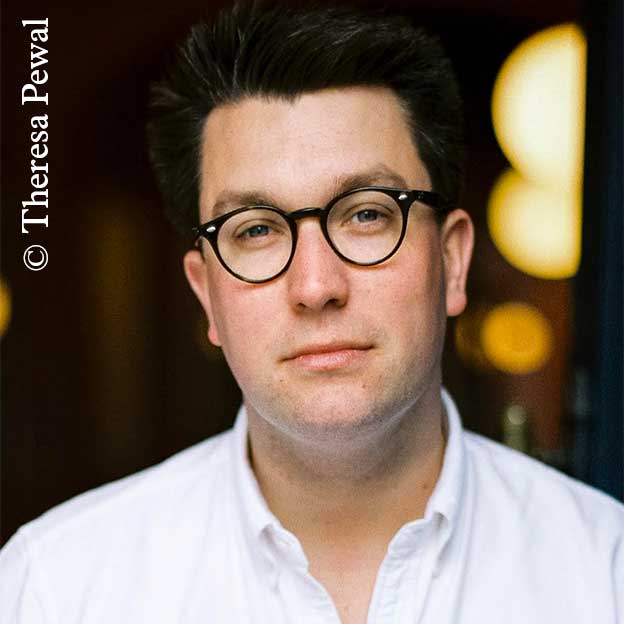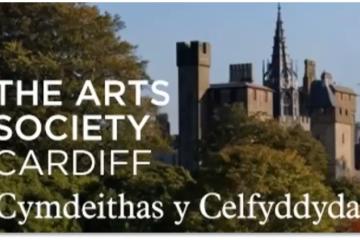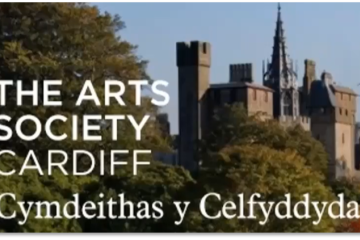This study day comprises three lectures looking at both the explosion of culture in the Habsburg lands at the turn of the last century and what unfolded in German-speaking Europe after the First World War.
- The Art and Culture of fin-de-siècle Vienna
Around 1900, Vienna was the capital of a vast empire and one of the world’s most exciting cultural laboratories. It produced painters such as Gustav Klimt and Egon Schiele, architects like Otto Wagner and Adolf Loos, the psychoanalyst Sigmund Freud and the composer Gustav Mahler. Surveying these figures within the context of their time, this talk asks how and why the City of Dreams became an artistic hotbed.
- The Magic of Prague: the City and the Czech Cultural Revival
As part of the Habsburg Empire, Prague was beloved of kings and princes. During the 19th century, however, the Czechs sought to reclaim the city for their own. Looking at their roots and mythology the Czech people imagined a new future through art, reshaping cultural movements in specifically patriotic ways. This talk demonstrates how the Czechs reclaimed both country and capital through artistic means.
- Cultural Experiments in the Weimar Republic
After the First World War, Europe was in a state of flux. How could artists and architects create and what, indeed, would they produce while reeling from the worst conflict ever known? Out of crisis, however, came a truly stimulating period of artistic endeavour. This talk looks at the experimental culture of German-speaking Europe during the interwar years.





